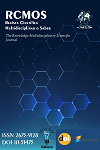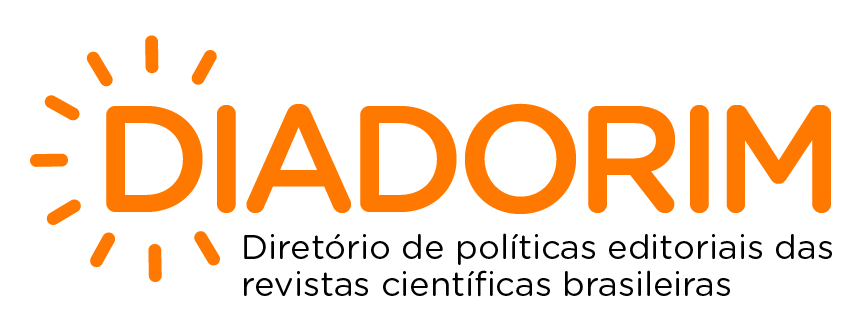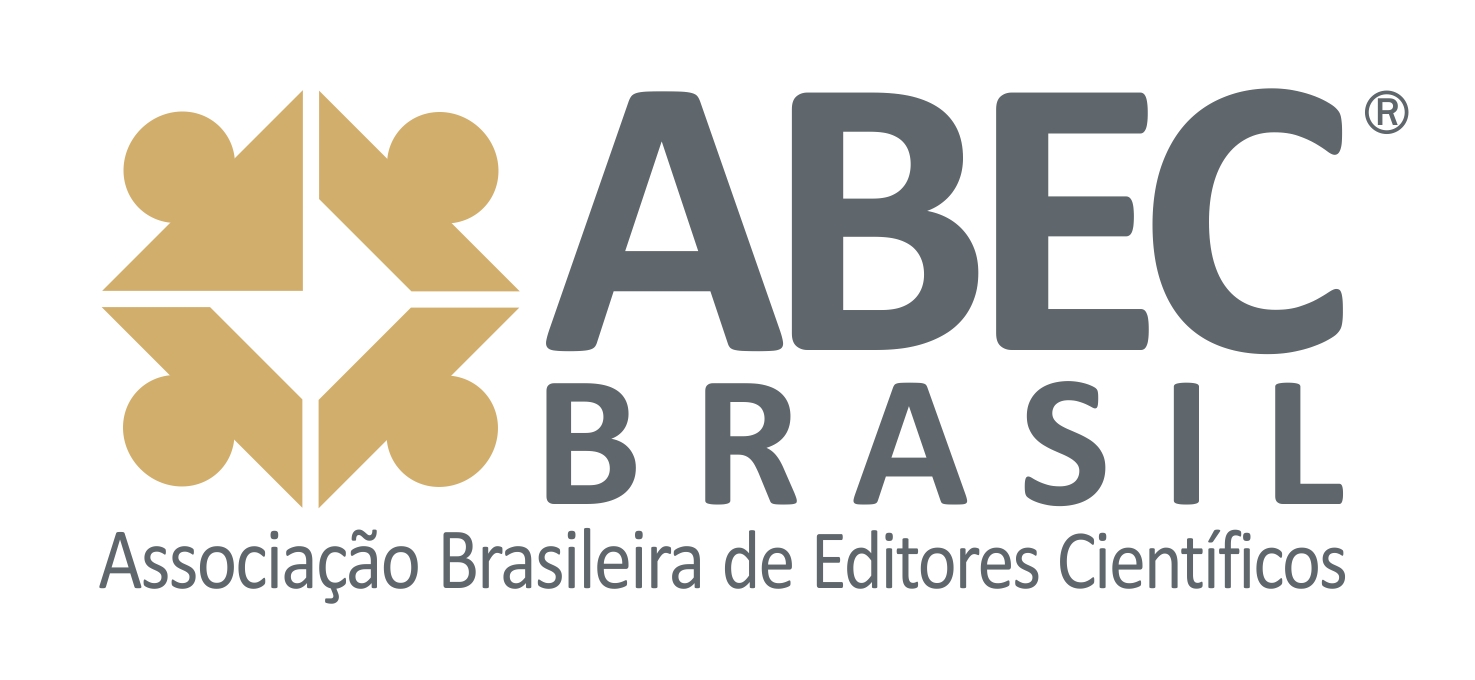Confirmatory factor analysis and smallest space analysis in the evaluation of motivational values: a study with vocational education instructors from the national service for industrial training (Senai) in Rio Grande do Sul
Confirmatory factor analysis and smallest space analysis in the evaluation of motivational values: a study with vocational education instructors from the national service for industrial training (Senai) in Rio Grande do Sul
DOI:
https://doi.org/10.51473/rcmos.v1i1.2025.1112Keywords:
Human Values; Vocational Education; Comparative MethodsAbstract
This study compares Confirmatory Factor Analysis (CFA) and Smallest Space Analysis (SSA) in assessing motivational values among 364 vocational-education instructors at SENAI-RS, using the Portrait Values Questionnaire (PVQ-20). CFA upheld Schwartz’s ten-factor model, producing satisfactory fit indices and coherent inter-value correlations. SSA recreated the anticipated circular map, showing theoretical clusters and slight overlaps typical of teaching contexts. Both methods aligned on key patterns—strong Benevolence–Universalism cohesion and Autonomy–Conformity opposition—yet revealed subtle distinctions: SSA positioned normative and pro-social values closer than CFA detected. The comparison underscores the techniques’ complementarity, yielding a richer portrayal of educators’ value profiles. These findings can guide teacher-training initiatives, institutional alignment, and value-driven educational policies.
Downloads
References
BORG, I.; GROENEN, P. J. F. Modern multidimensional scaling: Theory and applications. 2. ed. New York: Springer, 2005. Disponível em: https://link.springer.com/book/10.1007/0-387-28981-X. Acesso em: 23 jun. 2025.
BORG, I.; GROENEN, P. J. F. Escalonamento multidimensional moderno: teoria e aplicações. Heidelberg: Springer Science & Business Media, 2007.
CAPONE, V.; JOSHANLOO, M.; PARK, M. S. A. Burnout, depression, efficacy beliefs, and work-related variables among school teachers. International Journal of Educational Research, Oxford, v. 95, p. 97–108, 2019. doi:10.1016/j.ijer.2019.02.001. DOI: https://doi.org/10.1016/j.ijer.2019.02.001
CIECIUCH, J.; SCHWARTZ, S. H. The number of distinct basic values and their structure assessed by PVQ-40. Journal of Personality Assessment, New York, v. 94, n. 3, p. 321–328, 2012. doi:10.1080/00223891.2012.655817. DOI: https://doi.org/10.1080/00223891.2012.655817
DAVIDOV, E.; SCHMIDT, P.; SCHWARTZ, S. H. Bringing values back in: The adequacy of the European Social Survey to measure values in 20 countries. Public Opinion Quarterly, New York, v. 72, n. 3, p. 420–445, 2008. Disponível em: https://www.ssoar.info/. Acesso em: 20 jun. 2025. DOI: https://doi.org/10.1093/poq/nfn035
DE LEEUW, J.; MAIR, P. smacof: Multidimensional scaling (Version 2.1-5) [Computer software]. R Foundation for Statistical Computing, 2023. Disponível em: https://CRAN.R-project.org/package=smacof. Acesso em: 18 jun. 2025.
GRANT, S. An exploratory study of values alignments in a teacher professional development digital badge system. 2017. Tese (Doutorado em Educação) – University of North Carolina at Chapel Hill, Chapel Hill, 2017. Disponível em: https://cdr.lib.unc.edu/concern/dissertations/2z10wq61n. Acesso em: 16 jun. 2025.
HU, L. T.; BENTLER, P. M. Cutoff criteria for fit indexes in covariance structure analysis: Conventional criteria versus new alternatives. Structural Equation Modeling: A Multidisciplinary Journal, Philadelphia, v. 6, n. 1, p. 1–55, 1999. doi:10.1080/10705519909540118. DOI: https://doi.org/10.1080/10705519909540118
IBM CORPORATION. IBM SPSS Statistics for Windows (Version 29.0) [Computer software]. Armonk, NY: IBM, 2022. Disponível em: https://www.ibm.com/products/spss-statistics. Acesso em: 27 jun. 2025.
OESCHGER, T. P.; et al. Value-related educational goals of primary school teachers: A comparative study in two European countries. Frontiers in Psychology, Lausanne, v. 15, Art. 1458393, 2024. Disponível em: https://www.frontiersin.org/articles/10.3389/fpsyg.2024.1458393/full. Acesso em: 30 jun. 2025. DOI: https://doi.org/10.3389/fpsyg.2024.1458393
R CORE TEAM. R: A language and environment for statistical computing (Version 4.3.2) [Computer software]. Vienna: R Foundation for Statistical Computing, 2023. Disponível em: https://www.R-project.org/. Acesso em: 11 jun. 2025.
ROSSEEL, Y. lavaan: Latent Variable Analysis (Version 0.6-17) [R package]. CRAN, 2023. Disponível em: https://CRAN.R-project.org/package=lavaan. Acesso em: 12 jun. 2025.
SAMBIASE, M. F.; TEIXEIRA, M. L. M.; BILSKY, W.; ARAUJO, B. F. V. B. de; DOMENICO, S. M. R. D. Confrontando estruturas de valores: Um estudo comparativo entre PVQ-40 e PVQ-21. Psicologia: Reflexão e Crítica, Porto Alegre, v. 27, n. 4, p. 728–739, 2014. DOI: https://doi.org/10.1590/1678-7153.201427413
SCHWARTZ, S. H. Universals in the content and structure of values: Theoretical advances and empirical tests in 20 countries. Advances in Experimental Social Psychology, San Diego, v. 25, p. 1–65, 1992. DOI: https://doi.org/10.1016/S0065-2601(08)60281-6
SCHWARTZ, S. H.; MELECH, G.; LEHMANN, A.; BURGESS, S.; HARRIS, M. Extending the cross-cultural validity of the theory of basic human values with a different method of measurement. Journal of Cross-Cultural Psychology, Thousand Oaks, v. 32, n. 5, p. 519–542, 2001. doi:10.1177/0022022101032005001. DOI: https://doi.org/10.1177/0022022101032005001
SIMÓN, J.; et al. The Portrait Values Questionnaire: A bibliographic and bibliometric review of the instrument. Revista de Psicología (Aloma), Barcelona, v. 35, n. 1, p. 39–50, 2017. Disponível em: https://www.raco.cat/index.php/Aloma/article/download/324083/414706. Acesso em: 2 jun. 2025. DOI: https://doi.org/10.51698/aloma.2017.35.1.39-50
SLIWAK, J.; ZARZYCKA, B. Validation of the Portrait Values Questionnaire in a group of secondary school and university students. Polish Psychological Bulletin, Warsaw, v. 44, n. 1, p. 54–61, 2013.
TAMAYO, A.; PORTO, J. B. Validação do questionário de perfis de valores no Brasil. Psicologia: Teoria e Pesquisa, Brasília, v. 25, n. 3, p. 369–376, 2009. DOI: https://doi.org/10.1590/S0102-37722009000300010
Downloads
Additional Files
Published
Issue
Section
Categories
License
Copyright (c) 2025 Rodrigo Ourives da Silva (Autor)

This work is licensed under a Creative Commons Attribution 4.0 International License.












